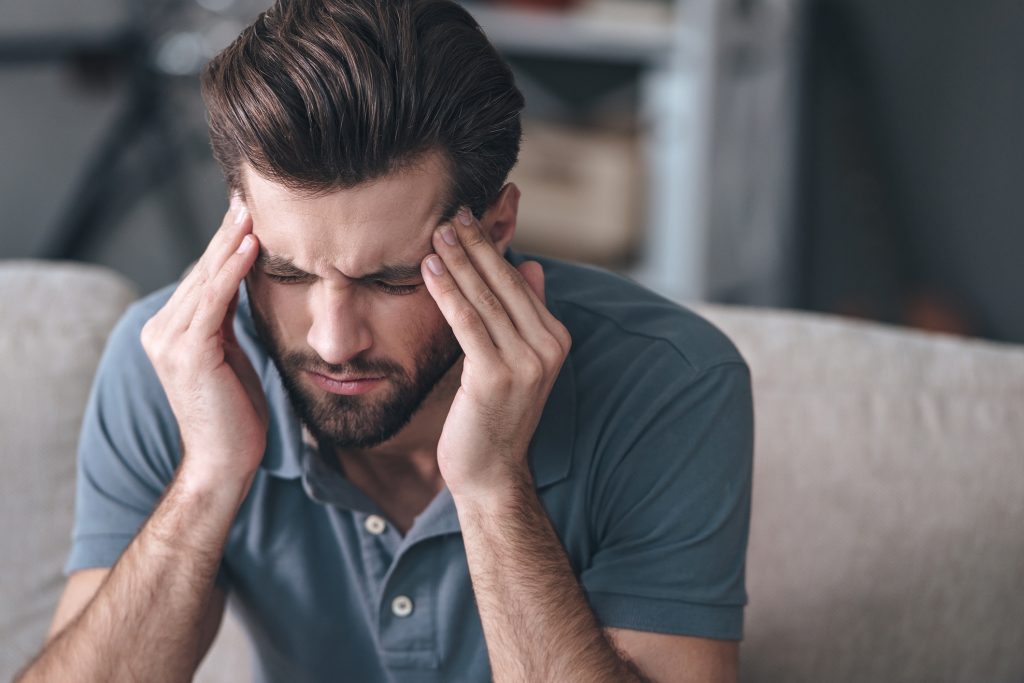Written By: James Hayes
Chiropractor
Headaches are extremely common and can be caused by many things such as illness, dehydration, trauma and alcohol. But if you have been suffering from chronic or recurring headaches, have you ever thought that it was related to your neck?
Ever had neck pain and headache at the same time? Chances are they are linked. These headaches are referred to as Cervicogenic Headaches. At Dee Why Chiropractic Care many patients present to our clinic complaining of this. The good news is we can help.
What is a Cervicogenic headache?
To put it simply: “cervico” means “neck” and “genic” means “from”.
Cervicogenic headaches are caused by dysfunction of the muscles, ligaments and joints in the neck. One of the most common causes of cervicogenic headache is poor neck posture that alters the biomechanics of the joints in the neck and increases the stress on surrounding tissues. However many other causes can lead to cervicogenic headaches such as spinal arthritis, disc degeneration and whiplash.
These headaches can come on quickly from sudden movements of the neck or they can develop over time when the neck remains in the same position for prolonged periods (often sitting).
Symptoms of Cervicogenic headaches
- Pain that is at the base of the skull, forehead, side of the head or behind the eye
- Steady pain that is “dull”
- Tenderness of neck muscles
- Certain movements of the neck may intensify the pain
- Pain that can last for hours or days
- Stiff or painful neck
- Shoulder tightness
- Nausea, dizziness and blurred vision in some cases.
How Dee Why Chiropractic Care can help
The first step is to identify exactly what structures in the neck are causing your headaches. Once it has been identified the chiropractor will explain to you exactly what has happened and what we need to do to fix it. Treatments involve restoring normal motion to the joints under stress and taking pressure off surrounding tissues.
Treatment techniques used to treat cervicogenic headaches include:
- Chiropractic adjustments
- Joint mobilisation
- Active muscle releases
- Trigger point therapy
- Dry Needling
- Strapping
- Specific home exercises
- Postural rehabilitation exercises
If you found this information helpful and want to find a solution for your headaches don’t hesitate to contact us.

